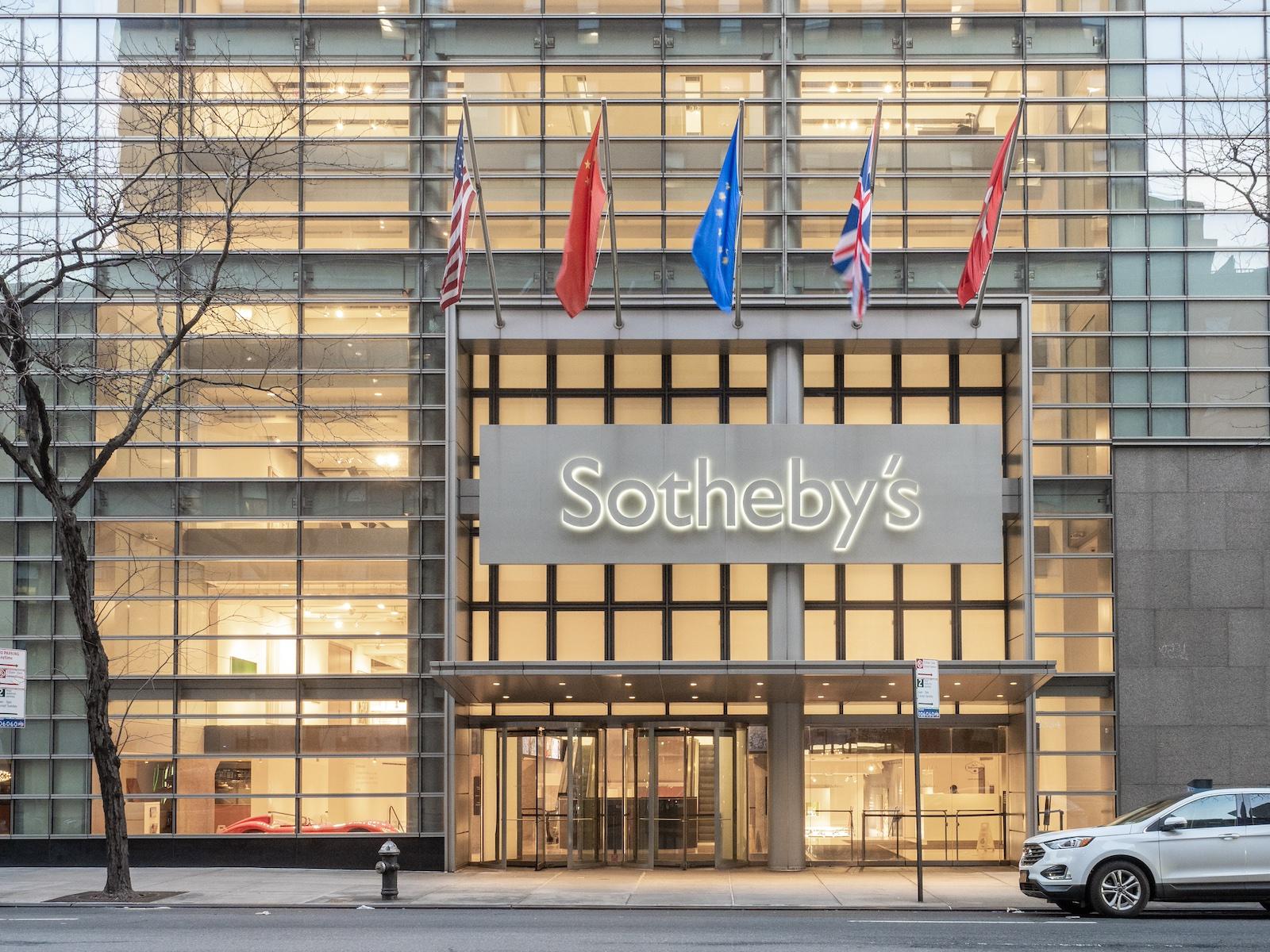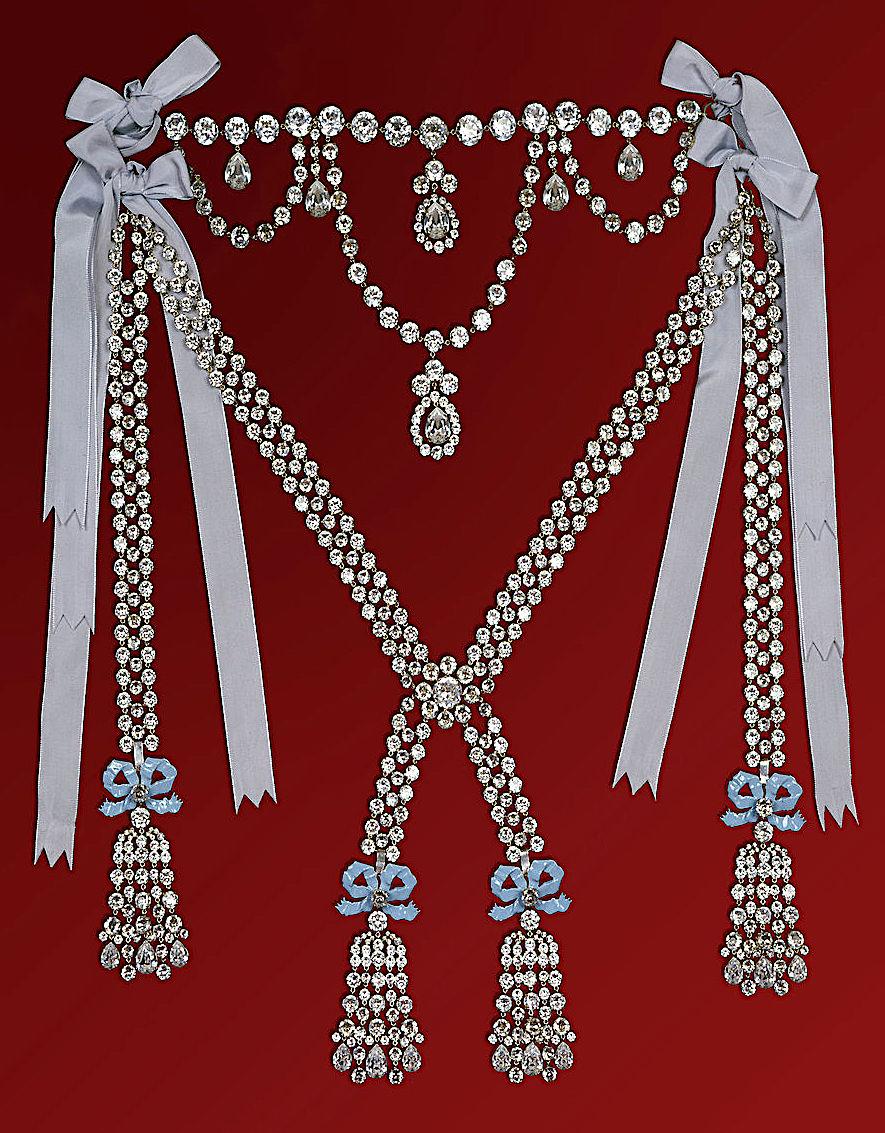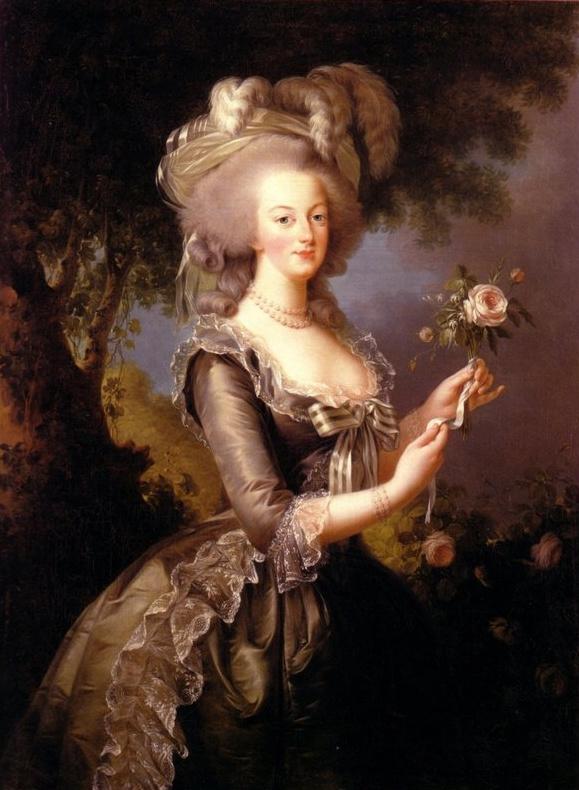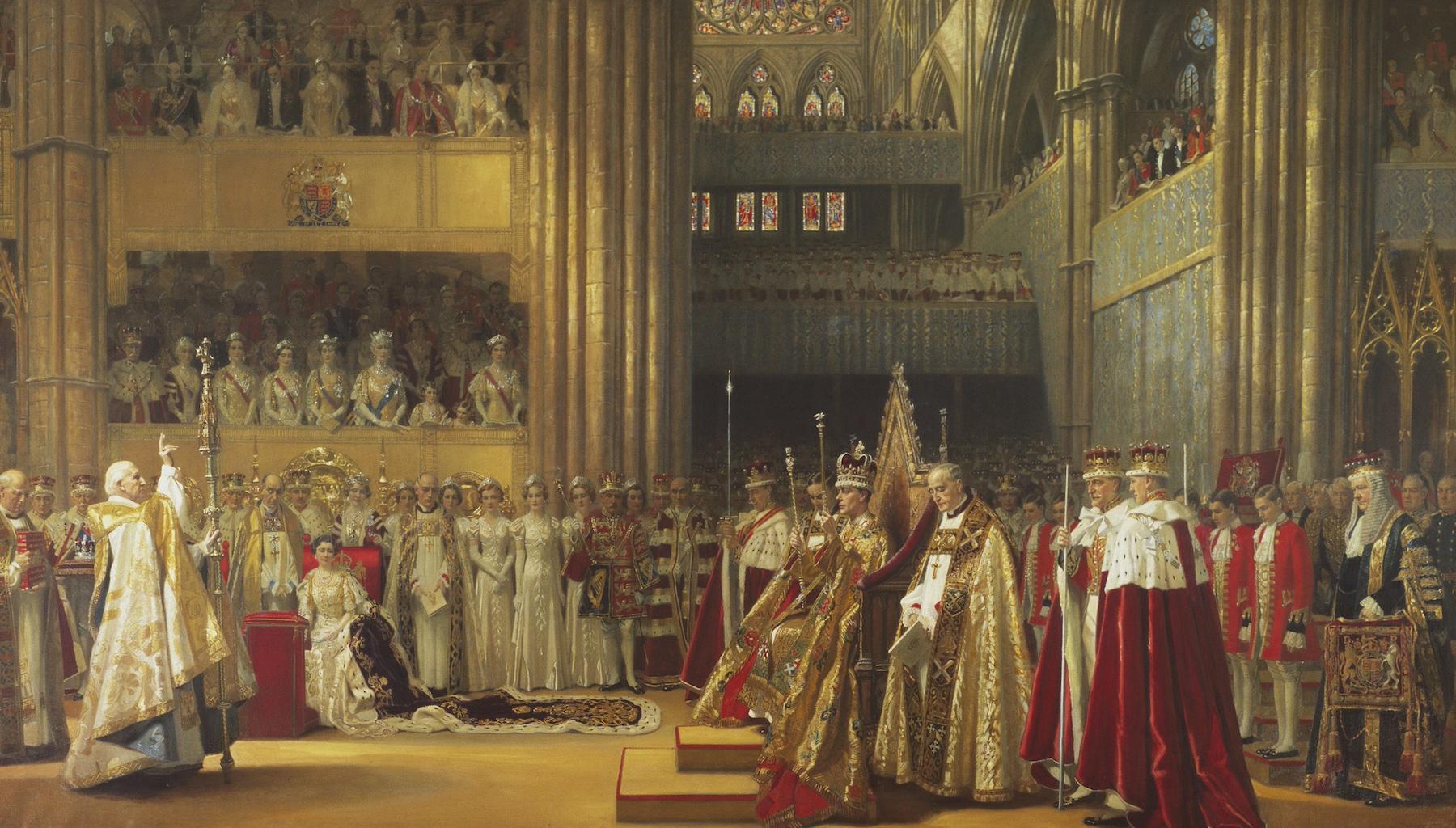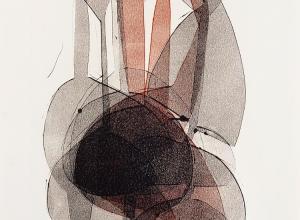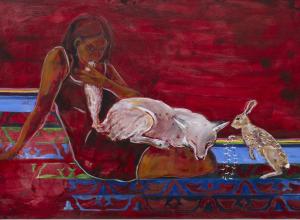Though impressive in its own right, the mystique behind the diamond necklace’s sale, which finalized at 4.26 million CHF, or $4.79 million, undoubtedly comes from its somewhat sordid origin story. According to Sotheby’s Head of Magnificent Jewels, Jessica Wyndham, “It’s likely or possible that some of these diamonds may have come from the famous diamond necklace that led to the downfall of Marie Antoinette.”
The Georgian-era piece once formed the cornerstone of the Marquesses of Anglesey’s jewelry collection and was worn by the Marquess at King George VI’s coronation in 1937, and then again by her daughter-in-law 14 years later at the coronation of Queen Elizabeth II. However, some of the large Golconda-mine diamonds from India donned by the Anglesey Necklace have been traced back to 18th century pre-revolutionary France and are suspected to have played a part in a royal scandal that further corroded Marie Antoinette’s public opinion.
The necklace, in its current state, consisting of two diamond tassels that can either be worn open or tied together like a scarf, is a far departure from the 650-diamond titanic that King Louis XV once commissioned as a gift for his mistress, Madame du Barry, in 1772.
Taking place a good 20 years before the revolution, the special gift forged by Parisian jewelers Charles Auguste Boehmer and Paul Bassenge cost an approximate 2,000,000 livres, which would now be $17.5 million.




